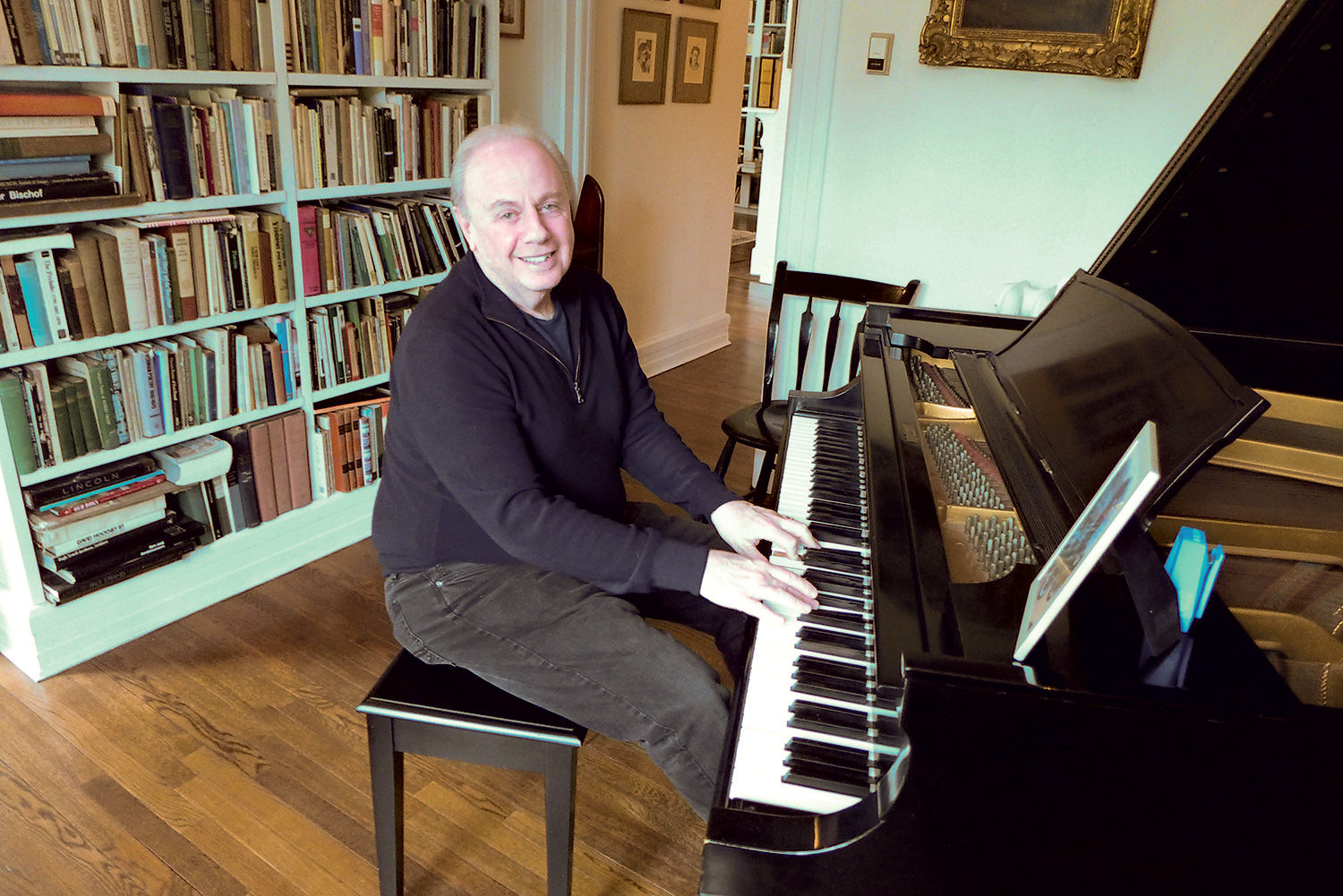News for Foodies 04.18.19
News for Foodies 04.18.19
Navy Beach Returns
Navy Beach in Montauk will reopen for its 10th season on April 26 at 5 p.m. The restaurant will serve lunch and dinner on weekends, Friday through Sunday, starting tomorrow.
Easter Special
Bell and Anchor in Noyac will offer a special Easter brunch menu from 11:30 a.m. to 3 p.m. on Sunday. Featured dishes include lobster Benedict for $26, duck hash for $22, and a house-smoked salmon plate for $22.
The restaurant will not be open for dinner that evening.
Passover Specials
Nick and Toni’s in East Hampton is offering a Passover dinner menu tomorrow, the first night of the holiday, including a matzo gnocchi appetizer ($15), a braised short rib entree ($38), and, for dessert, honey pistachio cake ($15).
Rowdy Hall in East Hampton is also offering a Passover menu tomorrow, for lunch and dinner, including matzo ball soup ($12), braised brisket ($28), and chocolate chiffon cake for $12.
Wine Tasting
Park Place Wines and Liquors in East Hampton will hold a tasting of chardonnays from different regions of the world at 4 p.m. on Saturday. Reservations are by calling the store.
American Express Deal
Nick and Toni’s, Fresno in East Hampton, and Almond in Bridgehampton will offer a special for American Express cardholders in May. Those who purchase a dinner entree with an Amex card will receive a complimentary glass of wine or a nonalcoholic drink.






